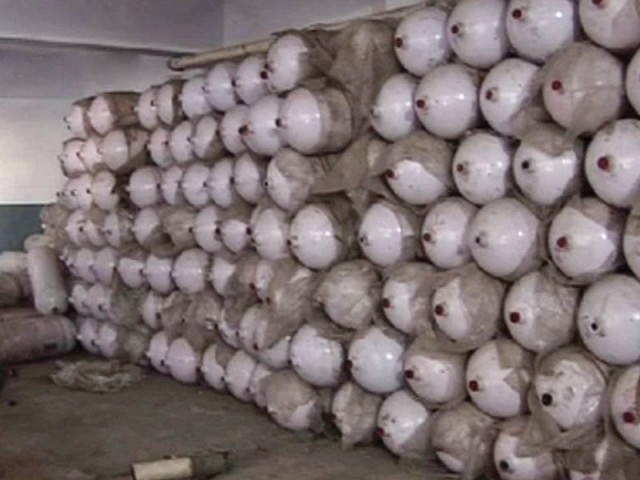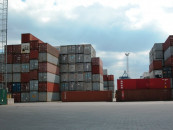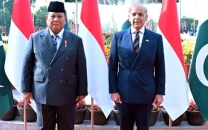Gas allocation: Textiles win as govt moves captive power up priority list
Decision contradicts earlier cabinet decision which accorded captive power fourth priority.

ECC allowed clearance of 59 consignments of CNG cylinders and kits that influential people had imported despite the ban. PHOTO: FILE
The federal government succumbed on Thursday to influence from the textile lobby as it moved the captive power industry up the priority list for gas allocation, contradicting the federal cabinet’s earlier decision.
In his capacity as chairman of the Economic Coordination Committee (ECC) of the cabinet, newly appointed Finance Minister Saleem Mandviwala took many decisions in Thursday’s meeting which supplanted the judgments of the federal cabinet and his predecessor Hafeez Shaikh.
According to key officials who attended the ECC meeting, the proceedings set the stage for influential lobbies to take advantage of the fluid situation and many more decisions are expected to come before the government completes its constitutional term in the next three weeks. Seemingly in a hurry, Mandviwala also called the next ECC meeting on Tuesday, officials confirmed.
Mandviwala replaced Shaikh as finance minister earlier this week after the latter was reportedly ousted by the president.
While overruling a decision of the federal cabinet, the ECC amended the Natural Gas Load Management Plan, moved captive power plants up to third priority – one notch up from its earlier position. Captive power plants had earlier been given fourth priority, alongside the cement sector.
The federal cabinet had given first priority to domestic and commercial sectors. The power sector had been accorded second priority, followed by general industries at third and captive power plants and the cement sector at fourth priority. The CNG sector was accorded the last place on the priority list.

An official of the Ministry of Petroleum and Natural resources insisted that captive power plants had erroneously been placed at the second last position in the minutes of the cabinet meeting.
However, sources claimed that the finance minister and the adviser to the prime minister on petroleum had a one-on-one meeting prior to the ECC meeting. They added that the ECC was used as a ‘rubber stamp’ and almost all the decisions were made without any discussion. Apart from one, all decisions were made on petroleum ministry requests or summaries.
While superseding the decision taken by the ECC under former finance minister Dr Abdul Hafeez Shaikh, Mandviwala ordered the reopening of the import of CNG cylinders and kits, which the government had banned to discourage the use of gas.
In a paradoxical summary, the petroleum ministry wrote the import will further put pressure on gas resources but the move was necessary to promote the export of CNG kits. It also allowed clearance of 59 consignments of CNG cylinders and kits that influential people had imported despite the ban. The officials claimed that an Italian company and importers paid huge money in kickbacks.
The groups which will benefit from the decision include Messes Mehr Brothers Ltd, M/S Zam Zam Gas, M/S Cres Resource, M/S Gas Inn, M/S Madni CNG, M/S Seven Star CNG station and M/S Satelite Gas 2. The Italian firm M/S Landi Renzo Pakistan is engaged in the manufacturing and assembly of CNG kits.
Published in The Express Tribune, February 23rd, 2013.



















COMMENTS
Comments are moderated and generally will be posted if they are on-topic and not abusive.
For more information, please see our Comments FAQ